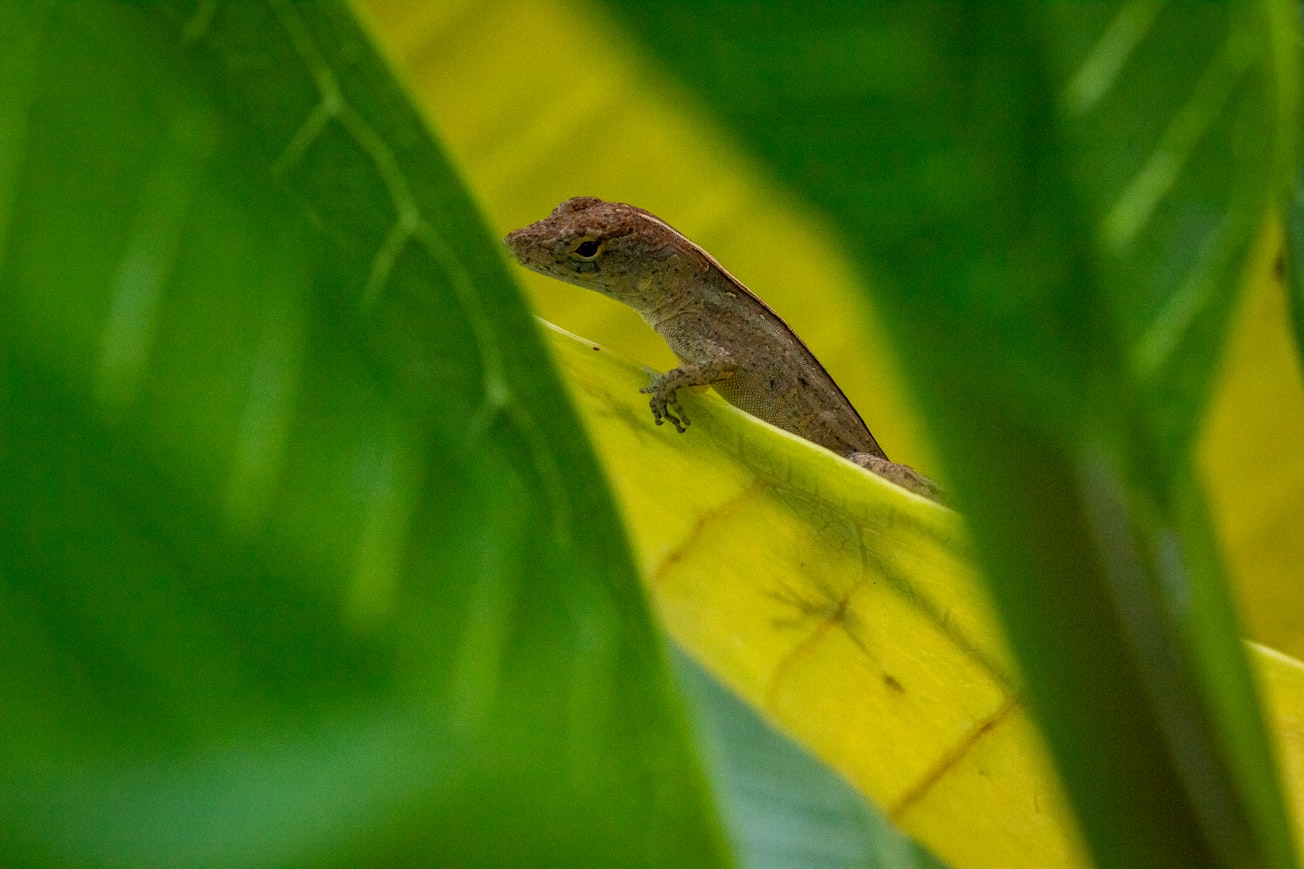What is it about?
Biological invasions can transform ecosystems, often with calamitous consequences. Not surprisingly therefore, researchers are seeking to understand factors that allow invasive species to become successful. A high degree of genetic diversity is one such factor. Invasive species can be highly genetically diverse if they formed after mating between individuals from different geographical regions that humans happened to introduce to the same location. In the native range, such interbreeding can be detrimental. For example, if the resulting hybrids have new trait combinations, they may not survive or reproduce as well, because species are already fine-tuned to the native range environment as a result of many generations of natural selection. In the invasive range, however, the environment can be very different. Here, hybrids are no longer misfits and may even thrive because the genetic variation allows them to adapt to the different ecological conditions in their introduced range. In this paper, we provide support for this possibility by studying the invasive brown anole, a small insectivorous lizard from the Caribbean that is invasive globally, including in mainland United States. We combine genetic and morphology data to document changes in natural selection between the native and invasive ranges, and to connect these changes to the occurrence of hybridization.
Featured Image

Photo by Joshua J. Cotten on Unsplash
Why is it important?
Our paper uncovers important aspects of evolution in Anolis lizards and invasive species. From the perspective of Anolis evolution, we identify the sex chromosome as an important target of natural selection in the native range of the brown anole. As well, we demonstrate that the same region on the sex chromosome that bears the footprints of natural selection is also involved in the control of limb length, a well-known adaptive trait in anoles. In this context, our results provide an early glimpse into the genetic basis of local adaptation in Greater Antillean anoles, a spectacular example of adaptive radiation. From the perspective of invasive species evolution, our study connects hybridization in invasive species to the occupation of ecologically different environments. Thus, our study provides a straightforward explanation for why hybridization can more often occur in invasive species than in native species. Eventually, genetic variation contributed by hybridization can lead to the evolutionary amplification of invasion success, to the detriment of native species.
Read the Original
This page is a summary of: Changes in selection pressure can facilitate hybridization during biological invasion in a Cuban lizard, Proceedings of the National Academy of Sciences, October 2021, Proceedings of the National Academy of Sciences,
DOI: 10.1073/pnas.2108638118.
You can read the full text:
Contributors
The following have contributed to this page










